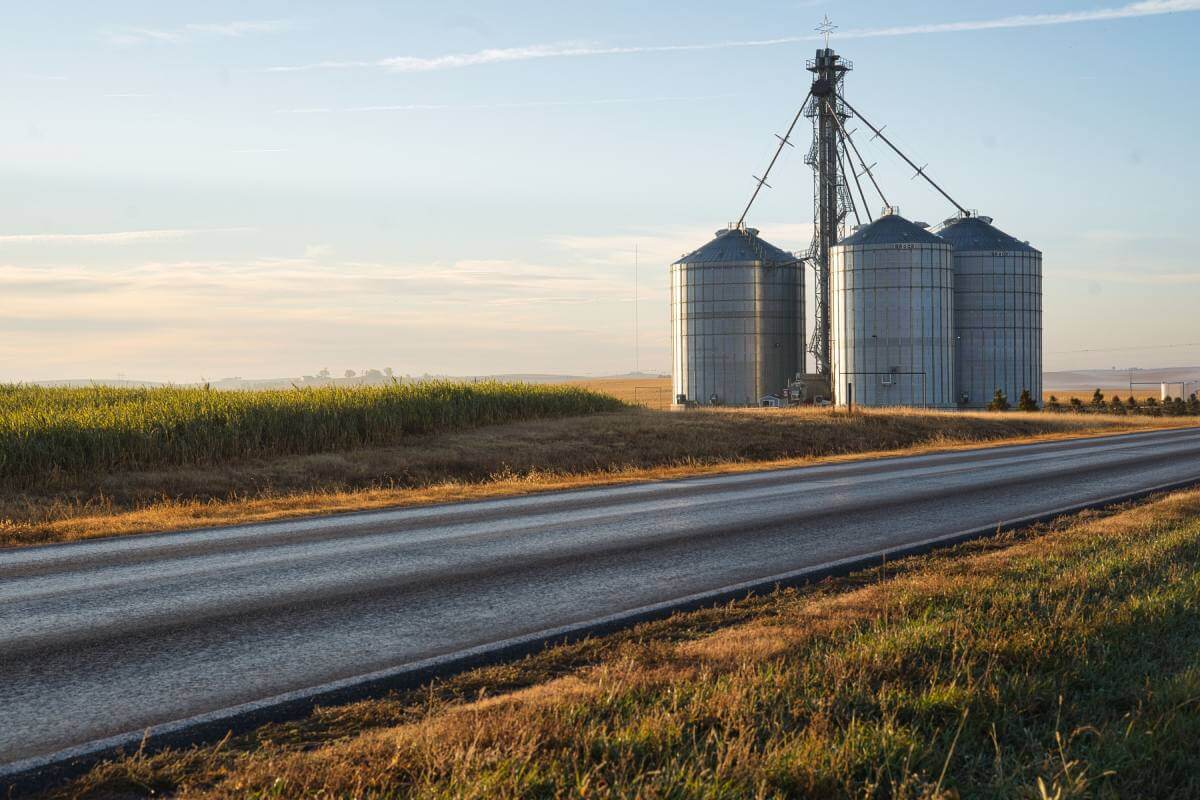Elevating Connectivity: A Guide to Vertical Assets for WISPs in Rural Areas and Small Towns
- by ISPadmin
- 2023 / 9 / 26
- Mapping
Introduction


In the quest to bridge the digital divide and provide reliable internet connectivity to underserved areas, Wireless Internet Service Providers (WISPs) are turning to vertical assets as invaluable resources. These assets enable WISPs to expand their coverage in rural areas and small towns efficiently. In this blog post, we’ll explore the different types of vertical assets that WISPs can lease to enhance their network coverage and reach communities in need.
1. Tall Towers:
- Advantages: Tall towers, often known as communication or cell towers, provide excellent elevation, allowing for broader coverage areas. They are ideal for rural deployments with large expanses to cover.
- Lease Procurement: Securing a lease on a tall tower typically involves negotiating with tower owners, which can be telecommunications companies or private entities. The process may include:
- Identifying tower owners and their contact information.
- Establishing the need for additional equipment on the tower.
- Drafting lease agreements that detail rental fees, equipment installation, and maintenance responsibilities.
2. Water Towers:
- Advantages: Water towers, a common sight in small towns, offer elevation and strategic placement. They are often ideal for providing coverage in suburban and small-town areas.
- Lease Procurement: Water tower leases may involve negotiations with municipal authorities or water utility companies. The process can include:
- Identifying the relevant authorities or companies that own the water towers.
- Engaging in discussions about co-locating WISP equipment on the tower.
- Addressing legal and regulatory considerations and drafting lease agreements.
3. Rooftop Rights:
- Advantages: In small towns and rural areas, buildings with rooftop access can serve as strategic points for network equipment. Rooftop locations offer proximity to potential customers.
- Lease Procurement: Securing rooftop rights typically involves negotiations with building owners or property managers. The process may include: The process can include:
- Identifying buildings with suitable locations for WISP equipment.
- Approaching building owners with a proposal outlining the benefits of hosting WISP equipment.
- Drafting clear lease agreements that specify terms, rent, and maintenance responsibilities.
4. Utility Poles:
- Advantages: Utility poles are abundant in small towns and rural areas, making them cost-effective options for network expansion.
- Lease Procurement: Securing access to utility poles usually requires negotiations with utility companies or local authorities. Here’s how to proceed:
- Inquire about pole attachment policies and procedures with the relevant utility company or authority.
- Ensure compliance with safety and regulatory standards for equipment attachment.
- Negotiate terms and responsibilities in a formal attachment agreement.
5. Grain Elevators:
- Advantages: In rural regions, grain elevators often stand tall as iconic structures. Leasing space on these elevators can provide excellent elevation and coverage. They are particularly useful for connecting farms and agricultural areas.
- Lease Procurement: Leasing from grain elevator owners might require negotiation. Steps for securing a lease could include:
- Identifying grain elevators with suitable locations and approaching owners or co-op boards.
- Demonstrating the value of adding WISP equipment, such as improved farm operations and remote monitoring.
- Drafting lease agreements that detail responsibilities and terms.
6. Radio and TV Towers:
- Advantages: Radio and TV towers are prevalent in many rural areas. Leasing space on these towers can provide exceptional elevation and reach. They are ideal for serving wide geographic areas.
- Lease Procurement: These leases often involve discussions with broadcasting companies or tower operators. The process may include:
- Identifying tower operators or broadcasters that own or manage the towers.
- Discussing the potential for co-locating WISP equipment on the tower.
- Drafting lease agreements that specify technical requirements, rental fees, and maintenance responsibilities.
7. Silos and Barns:
- Advantages: In agricultural regions, silos and barns can be used to mount equipment. They offer elevated positions and are well-suited for coverage in farmlands.
- Lease Procurement: Securing leases on silos or barns may involve negotiations with farm owners or cooperatives. The process can include:
- Identifying suitable locations among farms and approaching property owners or agricultural cooperatives.
- Emphasizing how improved internet access can benefit farm operations, such as remote monitoring of equipment and crop management.
- Crafting lease agreements that address rent, installation, and maintenance arrangements.
8. Church Steeples:
- Advantages: In small towns, church steeples often provide elevation and visibility. Leasing space on these structures can be an excellent way to extend network coverage.
- Lease Procurement: Leasing from religious institutions or property owners typically involves discussion and negotiation. Steps to secure leases might include:
- Identifying churches with suitable steeples and engaging in discussions with religious leaders or property owners.
- Highlighting the advantages of hosting WISP equipment, such as community outreach and revenue generation.
- Drafting clear lease agreements that outline responsibilities and rental terms.
Conclusion
Vertical assets are pivotal in the arsenal of tools that WISPs can employ to extend coverage to rural areas and small towns. Each type of vertical asset comes with its unique advantages and considerations for lease procurement. By identifying suitable assets, establishing productive relationships with property owners, authorities, or tower companies, and drafting comprehensive lease agreements, WISPs can significantly enhance their network coverage. Ultimately, these efforts contribute to narrowing the digital divide and providing essential internet connectivity to communities that need it most.
Contact us here to learn more about how ISP Revolution can help you deploy with confidence – the first time
RECENT BLOG
MORE INFO
ISP Resolution © 2023 All Rights Reserved
